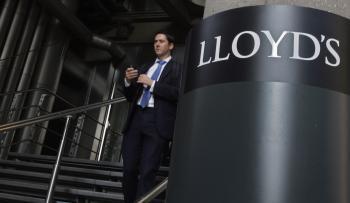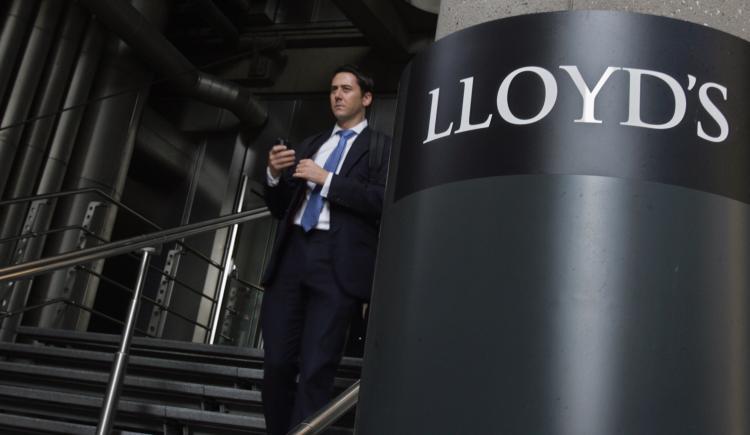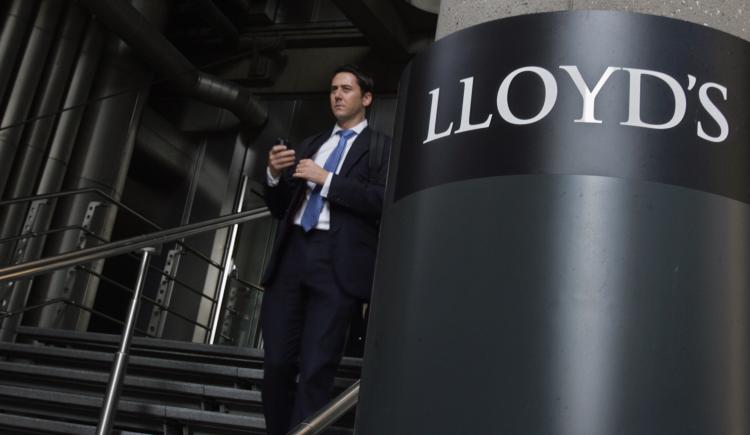Lloyd’s of London, the 300-year-old global insurance and reinsurance market, is reinventing itself.
The market is developing an electronic exchange system called The Lloyd’s Exchange to simplify the insurance process, provide greater efficiency and transparency, and give its members a competitive advantage.
Lloyd’s is a membership organization that offers insurance products underwritten by member corporations and individuals. It is well known throughout the world and the oldest continuous insurance exchange.
The Lloyd’s Exchange was introduced in the beginning of 2009, and 35 percent of its market organizations have bought into the electronic exchange concept. Its pilot program consists of several pilot phases, the first of which has been completed in partnership with Aon Brokerage Group, Marsh Inc., and the Willis Group Holdings.
Paying Historic Claims
Lloyd’s well-known insurance claims include the sinking of the Titanic in 1912, the 1989 San Francisco earthquake, the Phillips Petroleum plant explosion, the Enron Corporation bankruptcy, and the Exxon Valdez oil spill.
In the 1990s, Lloyd’s was hit with around $15 billion of insurance claims from exposure to asbestos in U.S. buildings. Lloyd’s had offered a U.S. general liability risk policy in the 1930s, which did not include a caveat against environmental hazards.
Lloyd’s insured the World Trade Center buildings in New York City and had to pay $11 billion out of $40 billion in total claims following the Sept. 11, 2001, terrorist attacks.
Given the many large claims, Lloyd’s had to sell its landmark London building and change its risk assumption policy.
“We sold absolutely everything except the silver,” said Richard Ward, CEO at Lloyd’s, in a recent Knowledge @ Wharton (KW) report. KW is the publishing and research arm of the University of Pennsylvania’s Wharton School of Business.
Going into Overdrive
“It’s extraordinary how quickly reputations can be damaged and how long it takes to rebuild them,” Ward said. “At Lloyd’s, it has taken us 10 years to rebuild our reputation that was lost overnight in the 1990s and lost overnight [again] in the World Trade Center. We used to be the watchword for disaster,” he said in the KW report.
In 1974, Lloyd’s went into a frenetic membership drive and for the first time recruited Americans, Australians, Canadians, South Africans, and other countries, opening its doors worldwide, concealing what it knew about impending claims.
In 1986, Lloyd’s required all members to sign an agreement that any lawsuit can be filed and heard only in the United Kingdom (UK), knowing fully well that it was almost impossible to bring fraud to the table in the UK court system.
Lloyd’s amended its general policy and excluded environmental claims, unless they arose suddenly and by accident.
“Understand your risks,” Ward said during a recent Wharton leadership lecture.
Meaning business, Lloyd’s established risk-taking standards that all members had to accept and follow. At the same time, it had its underwriters review policies written by its members to ascertain that they adhered to the Lloyd’s standards.
Lloyd’s cut back on insuring financial institution products “because we were uncomfortable with that type of risk. We didn’t really understand it that well. And if you don’t understand it that well, don’t do it,” Ward said.
Prudence and caution resulted in little exposure to firms and institutions that were hit by subprime mortgage claims, Bernie Madoff’s ponzi scheme, or Allen Stanford’s $8 billion CD investment fraud.
Lloyd’s now openly promotes principled approaches to doing business and lectures on it in presentations at various gatherings.
“We do not have to choose between principles and profits. Nor do they simply co-exist, they are co-dependent,” said Lord Peter Levene, Chairman at Lloyd’s, at the Nov. 25 Council of Christians and Jews meeting.
Marketplace, Not Company
Lloyd’s functions as a meeting place for agents of different backgrounds, including brokers, underwriters, members, individuals (traditionally called “Names”), and corporations, to pool and spread risks.
Until 1994, Lloyd’s risk was supported by 34,000 wealthy “Names” whose entire wealth backed the policies written by its members. The dramatic losses in the early 1990s bankrupted some of these “Names” and today only 10 percent of Lloyd’s risks are carried by “Names” with no new “Names” allowed to enter.
One-third of Lloyd’s policies are reinsurances. Reinsurance spreads the risk among two or more insurers and is used mostly for large undertakings, such as loss through fire, floods, or an earthquake.
“For most businesses, risk is a threat … Lloyd’s exists to anticipate, understand and manage it. There is nothing reckless about this appetite for risk. It is based on research and analysis, experience and expertise, and a shared culture of practical common sense,” said Peter Levene, Lloyd’s chairman, in its 2008 annual report.
The company comprises of 51 managing agents and 80 syndicates, including Pembroke Insurance Agency, Liberty Syndicates Management Ltd., and Japan’s Mitsui Sumitomo Insurance Group Holdings Inc.
The Lloyd members provide capital that represents 99.5 percent of a given member’s risk assumption. The capital consists of assets that will cover for any liability that arises from the members underwriting activities and will not be used to cover other member’s liabilities.
Lloyd’s was formed in 1688 and insured 1,807 ships involved in the African slave trade. Today, Lloyd’s covers everything from a movie star’s physical attributes, the taste buds of a food critic, and the voice of rock star Bruce Springsteen to real estate holdings, air planes, oil rigs, and automobiles.
“Basically, what we do is insure things other people can’t or won’t,” Ward said in the KW article.






